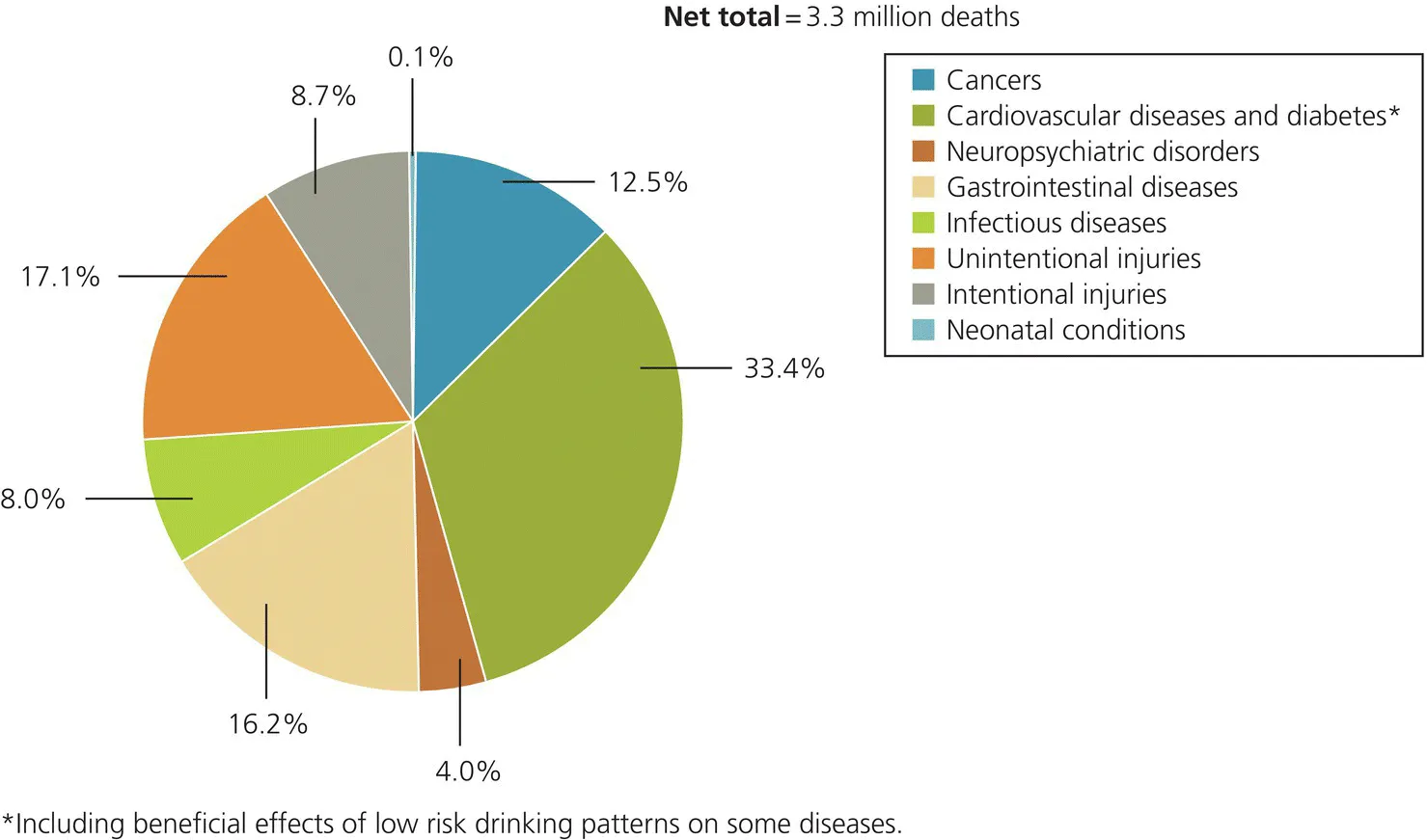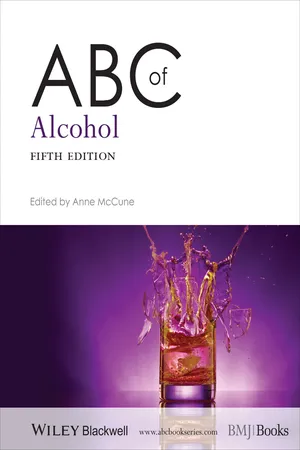ABC of Alcohol
About this book
The misuse of alcohol presents both individual physical and psychological problems as well as wider social consequences. Alcohol misuse is a frequent cause of attendance in accident and emergency departments and an underlying factor in a range of long term and chronic conditions commonly treated and managed within primary care settings.
This expanded fifth edition includes new chapters on alcohol and the young person, alcohol related liver disease, neurological problems, alcohol and the older person, alcohol and cancer, and the alcohol nurse specialist. There is also improved coverage of the role of alcohol health workers, and guidance on the availability of voluntary alcohol services more generally, and the concluding resources chapter provides further guidance on how to access appropriate services. It incorporates current NICE guidelines, the Government's Alcohol Strategy 2012, as well as case study scenarios and examples of best practice throughout.
From a new editor and a multidisciplinary contributor team, ABC of Alcohol is a practical guide for general practitioners, family physicians, practice nurses, primary healthcare professionals as well as for junior doctors, medical and nursing students.
This title is also available as a mobile App from MedHand Mobile Libraries. Buy it now from iTunes, Google Play or the MedHand store.
Frequently asked questions
- Essential is ideal for learners and professionals who enjoy exploring a wide range of subjects. Access the Essential Library with 800,000+ trusted titles and best-sellers across business, personal growth, and the humanities. Includes unlimited reading time and Standard Read Aloud voice.
- Complete: Perfect for advanced learners and researchers needing full, unrestricted access. Unlock 1.4M+ books across hundreds of subjects, including academic and specialized titles. The Complete Plan also includes advanced features like Premium Read Aloud and Research Assistant.
Please note we cannot support devices running on iOS 13 and Android 7 or earlier. Learn more about using the app.
Information
CHAPTER 1
Alcohol use: Consumption and costs
OVERVIEW
- The changing face of alcohol consumption around the world.
- Global alcohol morbidity and mortality.
- The growing burden and impact of alcohol misuse in the developing world.
- The rising health costs of alcohol at home and abroad.

Patterns of consumption
Baby boomer boozers
Alcohol and low- and middle-income countries

Morbidity and mortality

Table of contents
- Cover
- Title page
- Table of Contents
- Contributors
- Preface to fifth edition
- Preface to the fourth edition
- CHAPTER 1: Alcohol use: Consumption and costs
- CHAPTER 2: Alcohol use: Society and politics
- CHAPTER 3: Alcohol in the body
- CHAPTER 4: Definitions
- CHAPTER 5: The nature of alcohol use disorders
- CHAPTER 6: The detection of alcohol use disorders
- CHAPTER 7: Medical problems
- CHAPTER 8: Problems in the Emergency Department – and their solutions
- CHAPTER 9: Alcohol and the young person
- CHAPTER 10: Alcohol and the older person
- CHAPTER 11: Alcohol and the liver
- CHAPTER 12: Surgical problems
- CHAPTER 13: Alcohol, maxillofacial trauma and prevention of personal violence
- CHAPTER 14: Neurological and neurosurgical complications of alcohol
- CHAPTER 15: Alcohol and cancer
- CHAPTER 16: Alcohol and the heart
- CHAPTER 17: Drug–alcohol interactions
- CHAPTER 18: Management of acute unplanned alcohol withdrawal
- CHAPTER 19: The role of alcohol care teams in district general hospitals
- CHAPTER 20: Management in primary care
- CHAPTER 21: Advice and counselling
- CHAPTER 22: Psychological treatment and relapse prevention
- CHAPTER 23: Alcohol and psychiatry
- CHAPTER 24: Other resources, and alcohol and the doctor
- Advertisement page
- Index
- End User License Agreement
